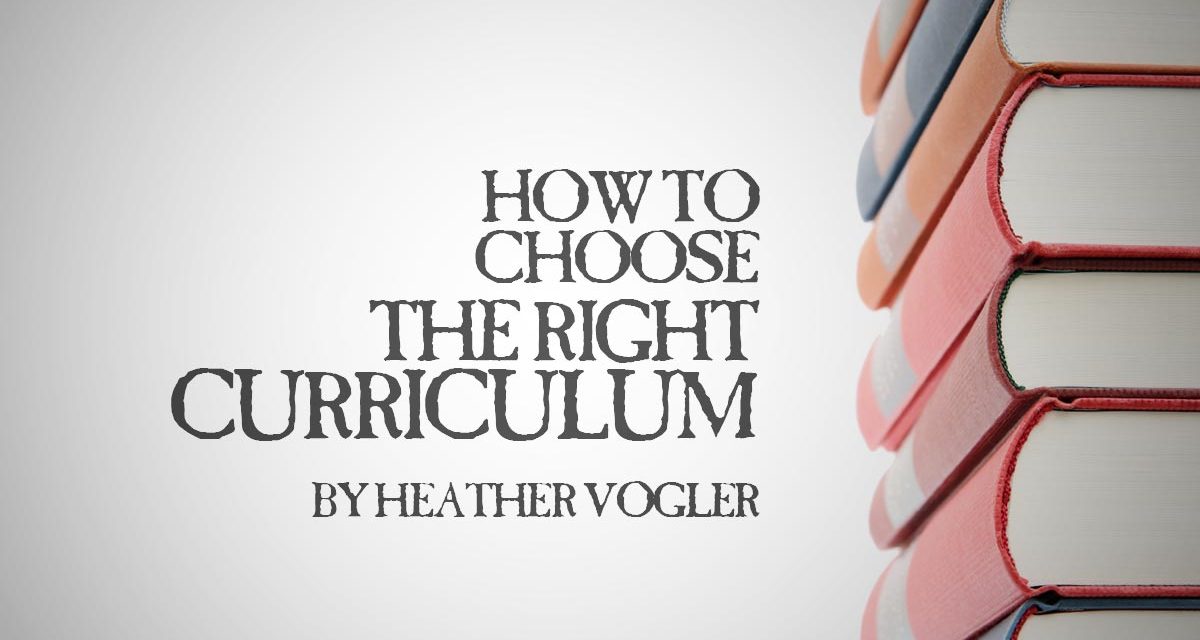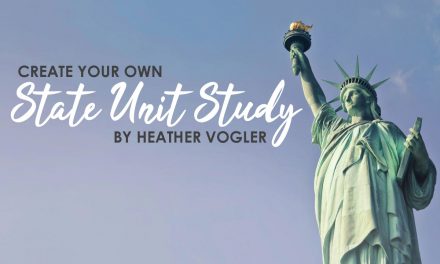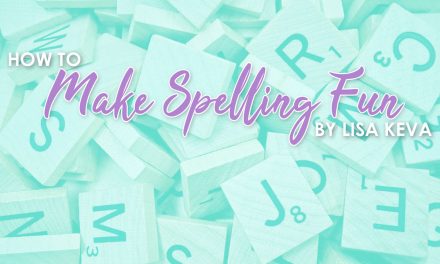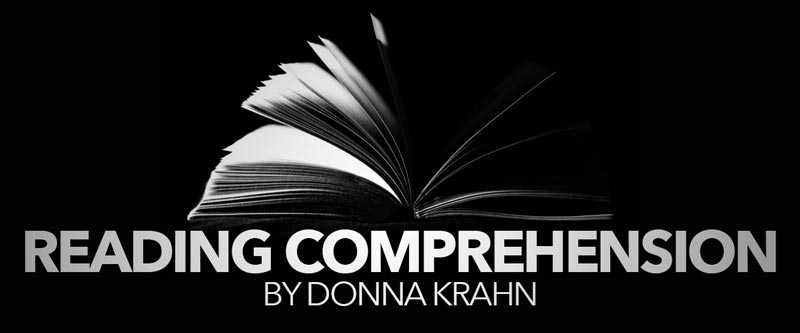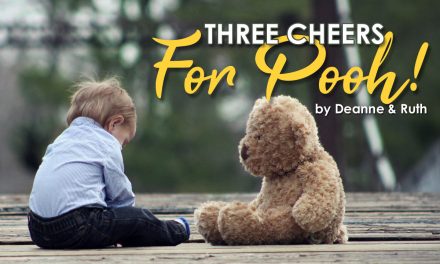Curriculum can be expensive. Before you take the plunge and purchase, it is good to know what you are getting into. Choosing the right curriculum that fits both you and your child can be a daunting task. Here are two important questions to ask yourself before buying curriculum for the school year.
(1) What Is Your Teaching Style?
Who are you? Who are you really? If you don’t know, most likely homeschooling will reveal this to you. Are you a neat freak that refuses to begin your child’s schoolwork until the house is completely spotless? Are you relaxed, letting your kids sleep in and begin their schoolwork after lunch? Do you have your kids do their work at a desk? On the couch? In a fort in the woods? If you are just starting out, you might not know your style. You might think that you are one way, buy a curriculum accordingly and then find out that in reality your teaching style is something completely different. Be assured that there is no one correct way to homeschool. So many different methods and ideologies are out there, you just need to find the one that works for you.
Boxed Curriculum
This is excellent for the parent who likes to have the entire day, week, month and year planned out for them. The lessons are scripted and everything is included such as teacher guides, student workbooks, and supplemental materials such as flashcards and teaching charts. This includes companies such as Abeka, Sonlight and Alpha and Omega. Parents who don’t have much time for planning, thrive with this method. Also, many parents who doubt their abilities as a teacher find comfort in knowing that everything is included within this style of curriculum and nothing will be left out. If you like to add on supplemental activities, programs and outside curriculum options then this might not work for you since your child’s day will be jam packed already.
Charlotte Mason Method
This method is based on Charlotte Mason’s philosophy that you must educate the whole child, not just their mind. She is well known for saying that “education is an atmosphere, a discipline, a life.” This method is for the parent who is drawn to nature journaling, hands-on, outdoor learning, dictation, copywork, composer studies, artist studies, hymn studies and the like. Most curriculum that use this method do not use tests but have the child dictate in their own words what they have learned about a topic. My Father’s World and Apologia use some of these methods.
Unschooling
This method is not structured like boxed curriculum is nor is it parent directed as the Charlotte Mason method is. This method focuses on student directed learning. If a child shows interest in one area then the child is encouraged to learn and grow in that area. Parents who teach in this manner see the world as a classroom and trust their child to learn and grow within their environment. I’m not too familiar with this method but the few families that I have met who do use this method are highly creative and innovative.
Eclectic
Do you like to create your own curriculum for your child? For some parents this might sound intimidating but others thrive on this because they can’t stand to be bound to a specific set curriculum. This parent might teach a unit study on birds by purchasing a bird lapbook, ordering several bird themed picture books, compiling a bird related playlist on YouTube and plan a daytrip to a bird sanctuary. Workbooks might be used for one subject and journaling the next. Some subjects might be hands-on and others might be strict book work with weekly tests. This method allows room for variety and flexibility.
(2) What Is Your Child’s Learning Style?
How does your child learn? Not knowing your child and their learning style can be frustrating, and expensive. Sometimes it boils down to a child is simply not mentally ready to learn a new topic such as complex spelling words or rules, they just cannot process the information yet, similar to potty training, when they are ready they are ready. But, with some skills, the problem is that the child is not being taught in a way that they can process, for example, certain math concepts.
Spatial Learner
This is the visual learner. This child learns well with images and pictures.
Aural Learner
This is the student that can memorize any song but can’t remember to make their bed, unless you put the request in the form of a song, of course. Using sound and music in their daily homeschool routine works wonders for this child. Whether it is math facts, historical facts or science concepts, if it is put to music, the child can easily remember and retain the information.
Linguistic Learner
This is your writer. They might not ace their math tests but they can communicate what they are thinking and feeling in their speech and writing. Notebooking and journaling are excellent activities that can stimulate these learners.
Kinesthetic Learner
These are your hands-on learners. These are the ones who learn well by using their body, hands and sense of touch. Getting out in nature and up close and personal with the topic they are studying speaks to them. This student uses lots of manipulatives in math, language, spelling and basically every subject out there, they thrive on them.
Once you come to terms with who you and your child are, then you can confidently find a curriculum that best fits your needs!

